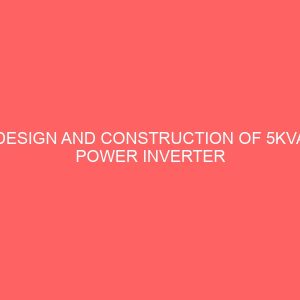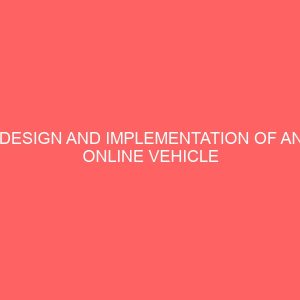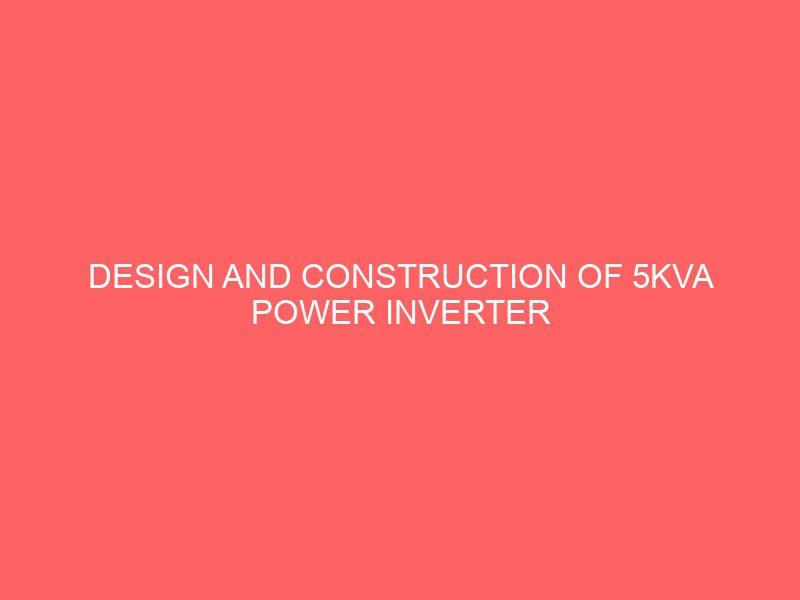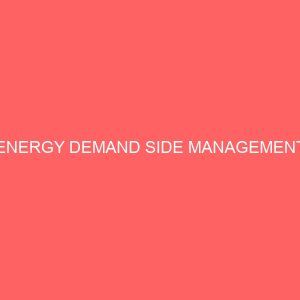Description
Abstract
This research is on Design and construction of 5kva power inverter. Renewable energy system uses batteries to store energy for later use. This latest expensive and the most universal applicable storage method available. Battery stores energy as low voltage DC. DC is preferable for some application particular running motors. But most of the world operates at higher voltage AC. AC power is more efficient than DC and thus become world standard. AC cannot be stored since it is used as it is produced by conventional AC house current. This device is called an INVERTER, the world of solid-state equipment has advanced extraordinary bounds. An inverter is an electronic device that converts low voltage DC (direct current) battery power to 5volts or 230 volts internationally AC (alternating current) household electrical power. Handheld inverters can be plugged into any vehicle cigarette lighter outlet producing output power levels ranging from 50 to 1800watts. Larger high outputs inverters can be hard-wired directly to a DC battery source and deliver power from 800 to 1800 watt. Intermittent operation only, over 50 watts continuous requires a direct connection to the 12 or 24 volts power source. Most inverters convert DC power into two stages. The first stage is the DC-to-DC converter that raises the low voltage DC at the inverter input to 145 volts DC. The second stage is the actual inverter stage, the DC-to-DC converter stage uses modern high frequency power conversion techniques that eliminate the bulky transformers found in inverters based on older technology. The inverter stage uses advanced power MOSFET transistors in a full bridge configuration. This gives you excellent overload capability and the ability to operate tough reactive loads like lamp ballast and small induction motors.








Reviews
There are no reviews yet.